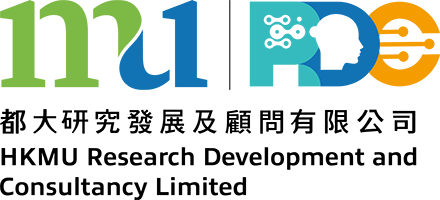There is no single textbook for this course. Instead, you will refer to the course units, some required reference books and a large set of provided readings.
Reference books
In TRAN A335 Culture and Translation, you will be required to frequently use various 'cultural' dictionaries. You should obtain a copy of the following cultural dictionaries:
- For traditional Chinese culture, the most useful work in Chinese remains:
Shu Xincheng 舒新城, Shen Yi 沈頤, Xu Yuangao 徐元誥, Zhang Xiang 張相 (eds) (2000) Cihai辭海, Shanghai: Zhonghua shuju. - For Western culture, you need a copy of:
Room, A (ed.) (2009) Brewer's Dictionary of Phrase and Fable, 18th edn, London: Cassell.
(For a supplementary source for Brewer's Dictionary of Phrase and Fable you may like to visit <http://www.bibliomania.com>. Click on 'Research', then 'Choose', and select the title.)
Other valuable 'cultural dictionaries' that you may want to refer to include:
- Cirlot, J E, A Dictionary of Symbols, translated from the Spanish by Sage, J (1962) London: Routledge & Kegan Paul.
- Couling, S (1917) Encyclopedia Sinica,Shanghai: Kelly & Walsh.
- Williams, C A S (1932) Encyclopedia of Chinese Symbolism and Art Motives,Shanghai: Kelly & Walsh.
- Eberhard, W, translated from the German by Campbell, G L (1988) Dictionary of Chinese Symbols, London: Routledge.
- Plopper, C (1926) Chinese Religion seen through the Proverb, Shanghai: China Press.
Frequent reference will be made throughout the course to the 18th-century Chinese novel The Story of the Stone紅樓夢 and its translation, as an eloquent example of 'culturally communicative translation'. You should obtain the Chinese and English versions of this work:
- Cao, X Q and Gao, E (1982) 紅樓夢, 3 volumes, Beijing: Renmin wenxue. (Note that this is only a suggestion. Any modern edition will do.)
- Cao, X Q and Gao, E, The Story of the Stone, translated by Hawkes, D and Minford, J (1973–1986) 5 volumes, Harmondsworth:Penguin books.
Course readings
Frequent readings will be given to you throughout the course and there will be selected readings for all study units.
Unit 1 will include texts on the general relationship between culture and the translationprocess. A useful text that deals with the relationship between culture and translation theory is Munday, J (2001) Introducing Translation Studies: Theories and Applications, London: Routledge. Copies of this book are available at the reserve desk of the HKMU library. Chapters 7, 8 and 9 are especially useful.
Units 2 to 9 will include readings that relate to more specific cultural knowledge and the translation challenges that different kinds of culturally-loaded texts can pose.











